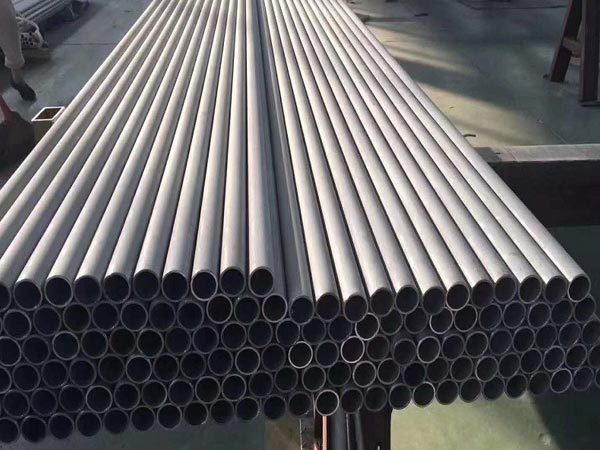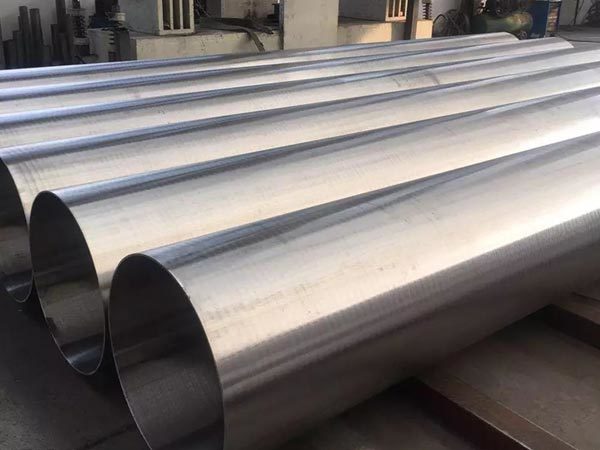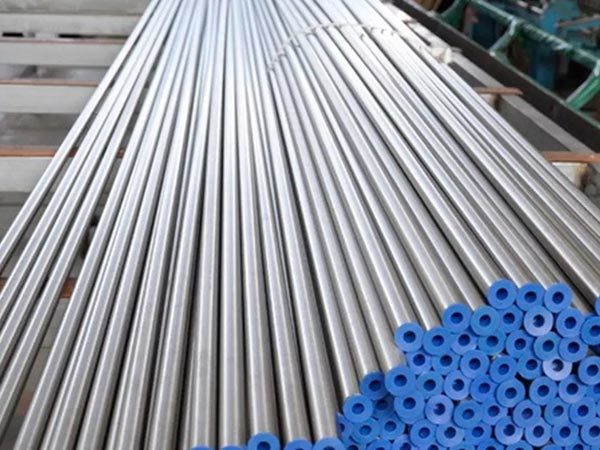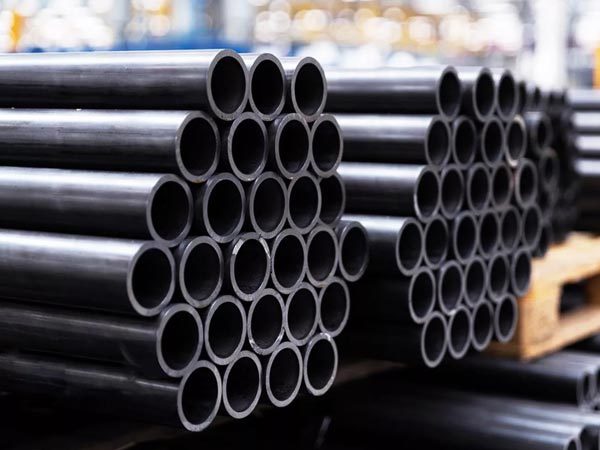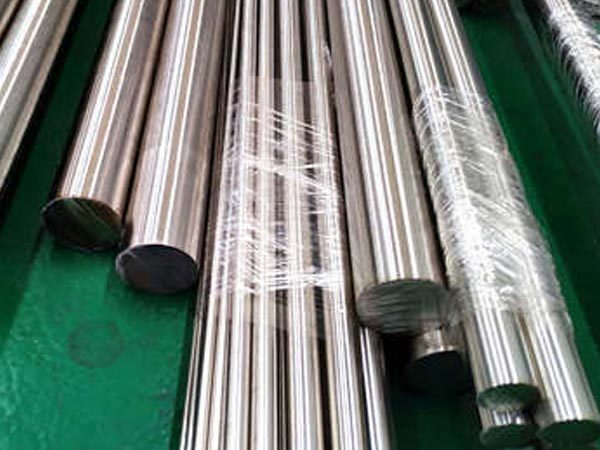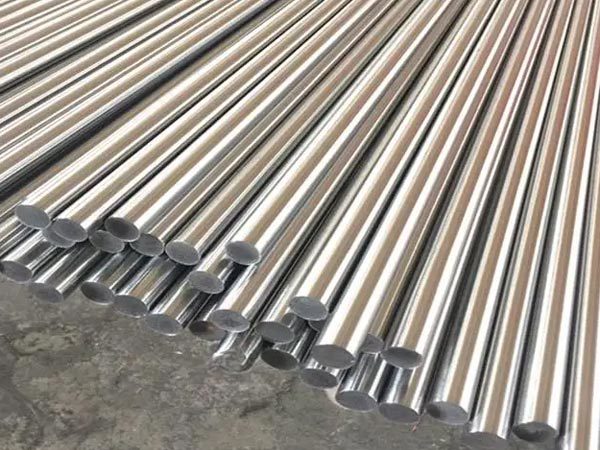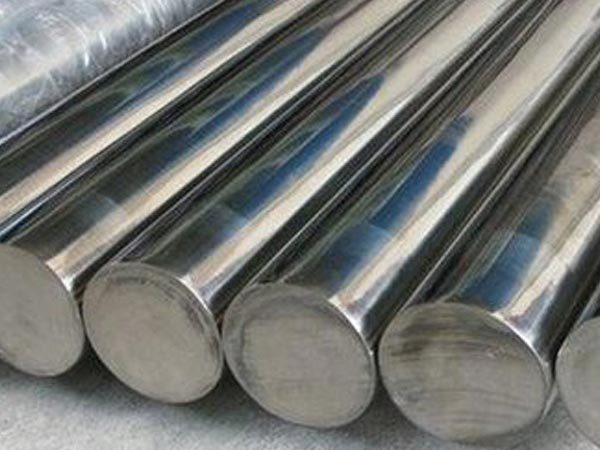PRODUCT CENTER
316LMod is a low-carbon, molybdenum-alloyed austenitic stainless steel renowned for its exceptional corrosion resistance and mechanical properties. With a composition optimized for enhanced weldability and formability, it finds extensive use in industries requiring resistance to corrosive environments, such as chemical processing, pharmaceuticals, and food processing. Its low carbon content minimizes carbide precipitation during welding, reducing the risk of intergranular corrosion. Additionally, the inclusion of molybdenum enhances its resistance to pitting and crevice corrosion in chloride-containing environments. Overall, 316LMod offers superior performance and versatility, making it a preferred choice for critical applications in demanding environments.
310S stainless steel is a high-alloy austenitic stainless steel renowned for its excellent high-temperature oxidation resistance and corrosion resistance. Composed primarily of chromium and nickel, with additions of manganese, silicon, and carbon, it offers exceptional strength and durability in harsh environments. Commonly used in applications requiring elevated temperatures, such as heat treatment furnaces, petrochemical plants, and exhaust systems, 310S provides reliable performance and longevity. Its versatility and resistance to corrosion make it suitable for a wide range of industrial applications where thermal stability and durability are paramount.
254SMO is an austenitic stainless steel. Due to its high molybdenum content, it has extremely high resistance to pitting and crevice corrosion. This grade of stainless steel was developed and developed for use in halide-containing environments such as seawater. 254SMO also has good resistance to uniform corrosion. Especially in halide-containing acids, the steel is superior to ordinary stainless steel. Its C contains <0.03%, so it is called pure austenitic stainless steel (<0.01% is also called super austenitic stainless steel). Super stainless steel is a kind of special stainless steel. First of all, it is different from ordinary stainless steel in chemical composition. It refers to a high alloy stainless steel containing high nickel, high chromium and high molybdenum. Among them, the most famous one is 254SMo containing 6% Mo. This kind of steel has very good local corrosion resistance, and has good pitting corrosion resistance (PI≥40) and It has better stress corrosion resistance and is a substitute for Ni-based alloys and titanium alloys. Secondly, in terms of high temperature resistance or corrosion resistance, it has better high temperature resistance or corrosion resistance, which is irreplaceable for 304 stainless steel. In addition, from the classification of stainless steel, the metallographic structure of special stainless steel is a stable austenite metallographic structure.
253MA is widely utilized in industries requiring high-temperature resistance and exceptional corrosion resistance. Common applications include industrial furnaces, heat treatment equipment, exhaust systems, and combustion chambers in power plants. Additionally, it finds use in chemical processing, petrochemical, and refining industries for equipment exposed to corrosive gases and high-temperature environments. Its versatility and reliability make it suitable for various demanding applications where thermal stability and corrosion resistance are critical.
17-7PH is an austenitic-martensitic precipitation hardening stainless steel developed on the basis of 18-8CrNi, also known as controlled phase transformation stainless steel. 17-7PH stainless steel has unstable austenite structure after solution treatment, with good plastic toughness and workability. , most of the structure is transformed into low-carbon tempered martensite with good toughness, which is the state of use of steel and has good mechanical properties at medium temperature. 17-7PH corrosion resistance is better than general martensitic stainless steel.
17-4PH is a martensitic precipitation hardening stainless steel. The performance characteristics of 17-4PH are that it is easy to adjust the strength level, which can be adjusted by changing the heat treatment process. Martensitic transformation and aging treatment to form precipitation hardening phase are the main strengthening means, 17-4PH has good attenuation performance, strong corrosion fatigue resistance and water drop resistance. It can meet the requirements of high temperature resistance and strong tensile strength, because its chemical composition contains aluminum precipitation hardening element. The characteristics of the product are that it has stable elasticity and the strongest tensile strength, and its fatigue resistance is the strongest in the stainless steel series. ,hanger.
17-4PH is a chromium-nickel-copper precipitation hardening martensitic stainless steel. This grade of stainless steel has properties such as high strength, hardness and corrosion resistance. After heat treatment, the mechanical properties of the product are more perfect, and the compressive strength can reach as high as 1100-1300MPa (160-190ksi). This grade cannot be used at temperatures higher than 300°C (572°F) or very low. It has good corrosion resistance to atmospheric and dilute acids or salts. Its corrosion resistance is comparable to 304. Magnetic.
15-7PH is a semi-austenitic precipitation hardening stainless steel with high strength, high hardness and good corrosion resistance. The overall corrosion resistance in heat treated TH 1050 and RH 950 conditions is worse than that of standard hardenable stainless steels of the chromium-based 400 series, but not as good as that of the chromium-nickel-based 304 stainless steels.
PH15-7Mo (type 632) national standard 0Cr15Ni7Mo2Al, Japan SUS632, is a steel developed by replacing 2% of chromium in 0Cr17Ni7Al steel with 2% molybdenum. Its basic properties are similar to 0Cr17Ni7Al steel, but the overall performance is better than it. In the austenite state, it can withstand various cold forming and welding processes, and then the highest strength can be obtained after heat treatment; it has excellent high temperature strength below 550 ℃. It is used in the manufacture of aviation thin-walled structural parts, various containers, pipes, springs, valve membranes, ship shafts, compressor discs, reactor parts, and various chemical equipment and other structural parts.
S66286, commonly known as alloy A-286, is a precipitation-hardening stainless steel alloy renowned for its high strength, excellent oxidation resistance, and corrosion resistance at elevated temperatures. Its exceptional mechanical properties, coupled with its ability to maintain strength at high temperatures, make it suitable for use in applications requiring reliability under demanding conditions.
RA330, also known as Alloy 330 or Incoloy 330, is a high-nickel, high-chromium austenitic alloy with excellent oxidation and carburization resistance at elevated temperatures. It is widely used in industrial heating applications such as furnaces, heat treating fixtures, and industrial ovens due to its exceptional high-temperature strength and resistance to thermal cycling. RA330 offers superior performance in harsh environments, making it suitable for applications in petrochemical, power generation, and aerospace industries where reliability and durability under extreme conditions are paramount.
Nimonic 80A is a high-temperature nickel-chromium alloy renowned for its exceptional mechanical properties and corrosion resistance at elevated temperatures. Developed for use in demanding applications, such as gas turbine components, it exhibits outstanding creep and oxidation resistance, making it suitable for prolonged exposure to high temperatures. With its combination of strength, ductility, and thermal stability, Nimonic 80A is a preferred choice in aerospace, power generation, and other industries where reliability and performance under extreme conditions are essential.
Invar 36 is a unique nickel-iron alloy renowned for its low coefficient of thermal expansion, making it highly valuable in applications where dimensional stability over a wide temperature range is crucial. Developed originally for use in precision instruments, such as clocks and pendulums, its exceptional thermal stability has found widespread use in aerospace, electronics, and engineering industries. Invar 36 exhibits minimal expansion or contraction with temperature variations, making it ideal for components subjected to extreme temperature changes. Its remarkable mechanical properties, combined with excellent weldability and machinability, have cemented its reputation as a versatile and reliable material in demanding environments.
RA330, also known as Alloy 330 or Incoloy 330, is a high-nickel, high-chromium austenitic alloy with excellent oxidation and carburization resistance at elevated temperatures. It is widely used in industrial heating applications such as furnaces, heat treating fixtures, and industrial ovens due to its exceptional high-temperature strength and resistance to thermal cycling. RA330 offers superior performance in harsh environments, making it suitable for applications in petrochemical, power generation, and aerospace industries where reliability and durability under extreme conditions are paramount.



